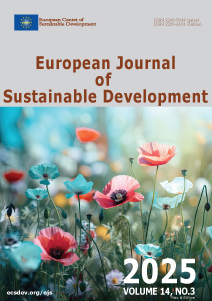Evaluation of Flash Flood Vulnerability Scenarios in a Population Growing Mediterranean City: Palma (Balearic Islands, Spain)
Keywords:
Flash floods, natural hazards, vulnerabilityAbstract
Palma’s urban continuum, the capital city of the Balearic Islands (Spain), increased 19% its population from 2002 to 2022, achieving ca. 450,000 inhabitants. In terms of urbanisation, between 2005 and 2014 artificial surfaces increased by 7.6% in the urban continuum, and within the flood prone area would be of 10.5%, partially enforced by the population growth. This work aims to assess the potential urbanisation growth during the next eight decades applying land change simulations. Along these new urban spaces, the estimated population growth was distributed, and the results were intersected with the current flood-prone cartography to assess the increase in urbanisation and population over flood prone areas.
The results demonstrated an increase in inhabitants (101.8%) and artificial surfaces (8.6%) exposed to flash floods, sharpening the current vulnerable situation of the city. Achieving 245,112 inhabitants and 3.271 hectares within the flood prone area by 2104. These results may be considered by city planners to avoid the urbanisation over these threatened areas, as well as for the improvement of current emergency management plans. Furthermore, flood-prone areas must be re-estimated due to shorter return periods from increased rainfall intensity, a key consequence of climate change.
Key Words: Flash floods; natural hazards; vulnerability; GIS.
Downloads
Published
How to Cite
Issue
Section
License

This work is licensed under a Creative Commons Attribution-NonCommercial 4.0 International License.





